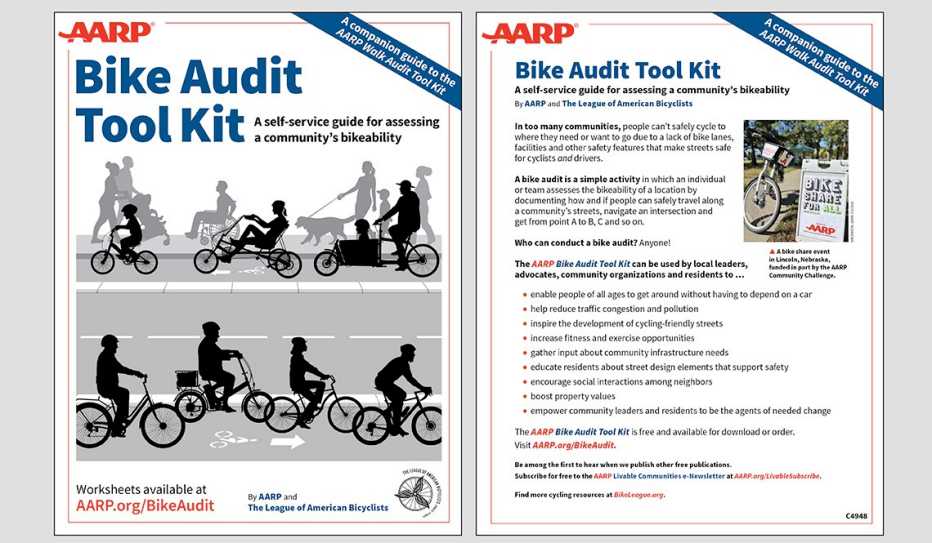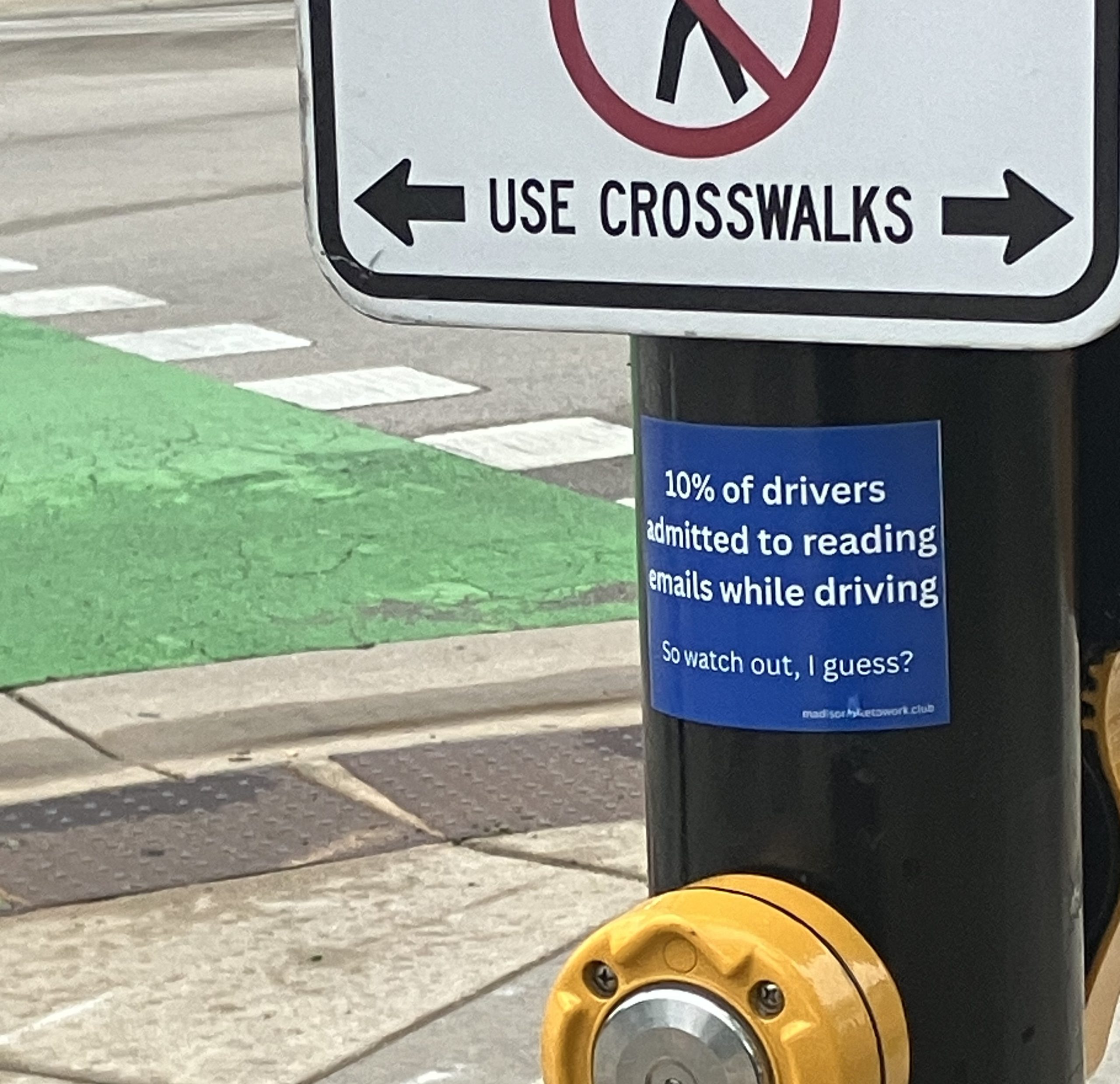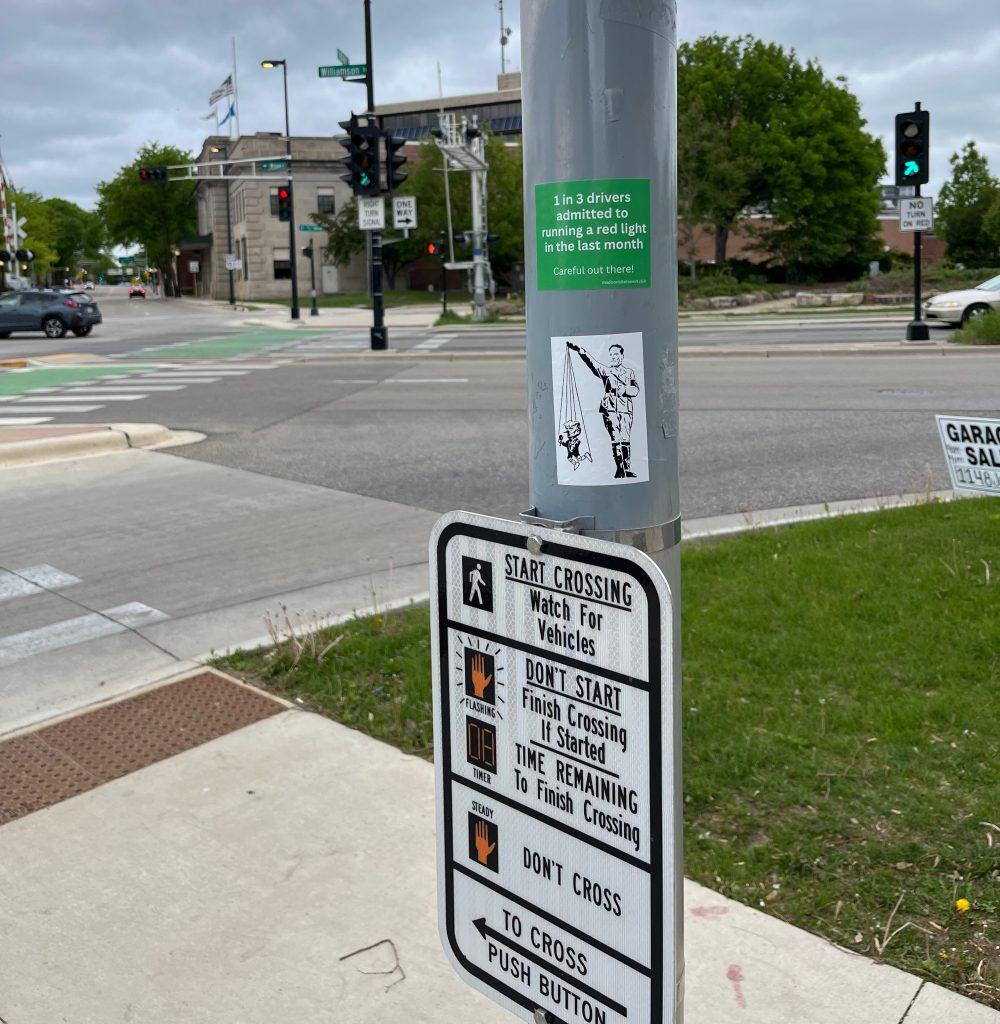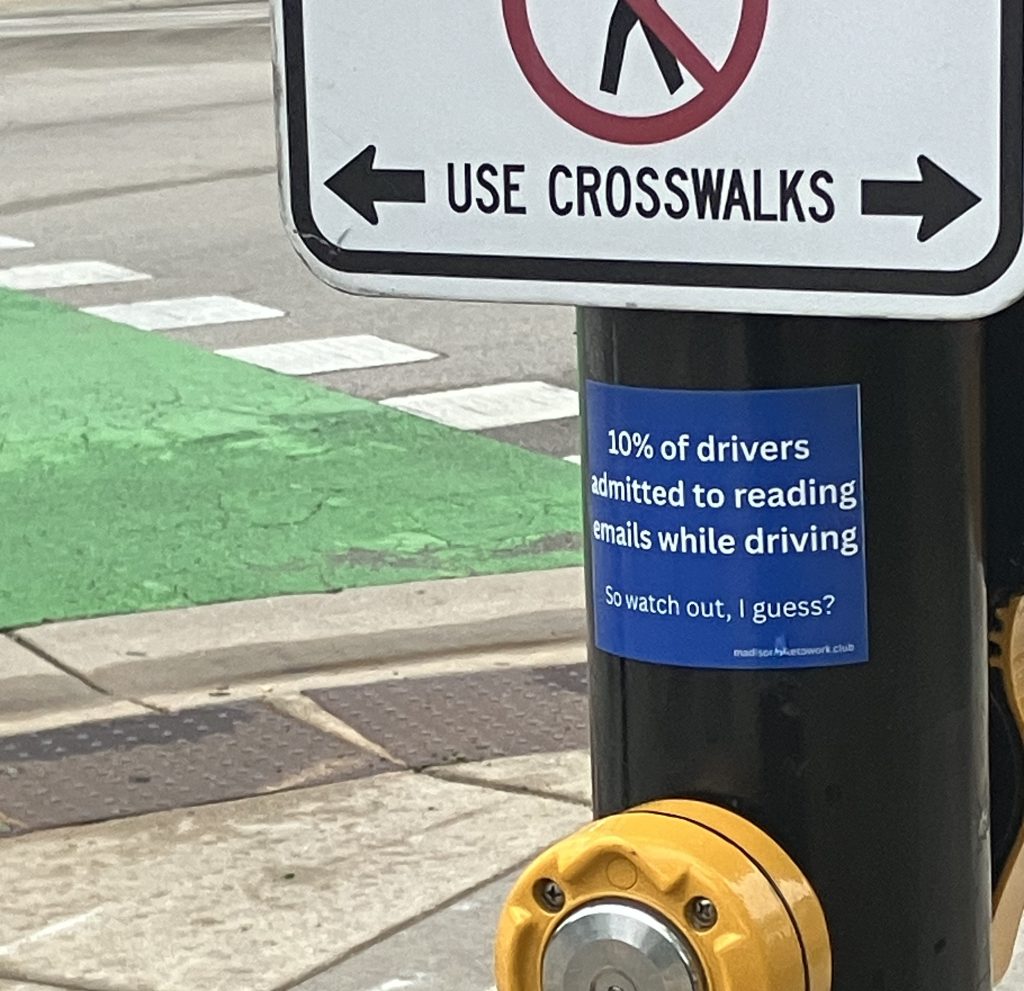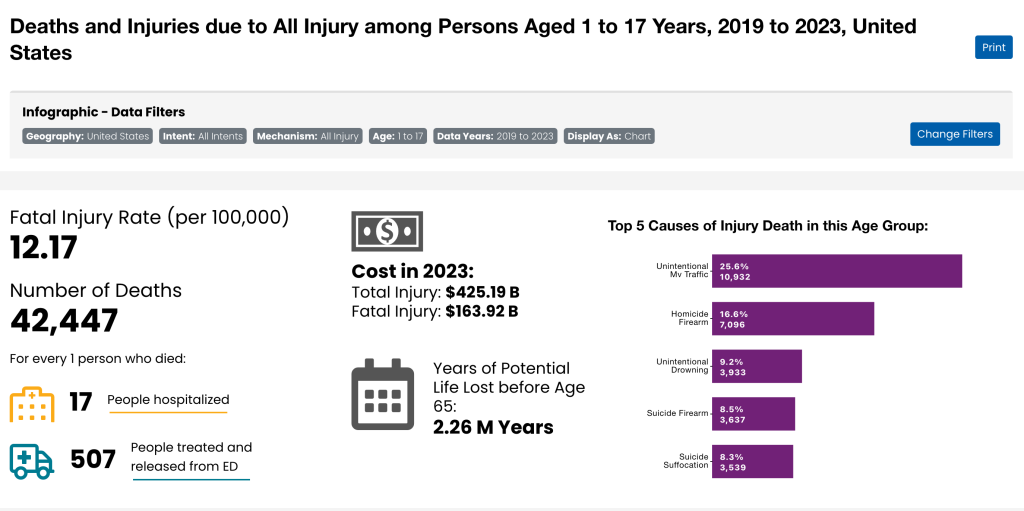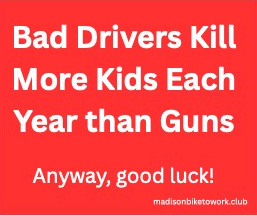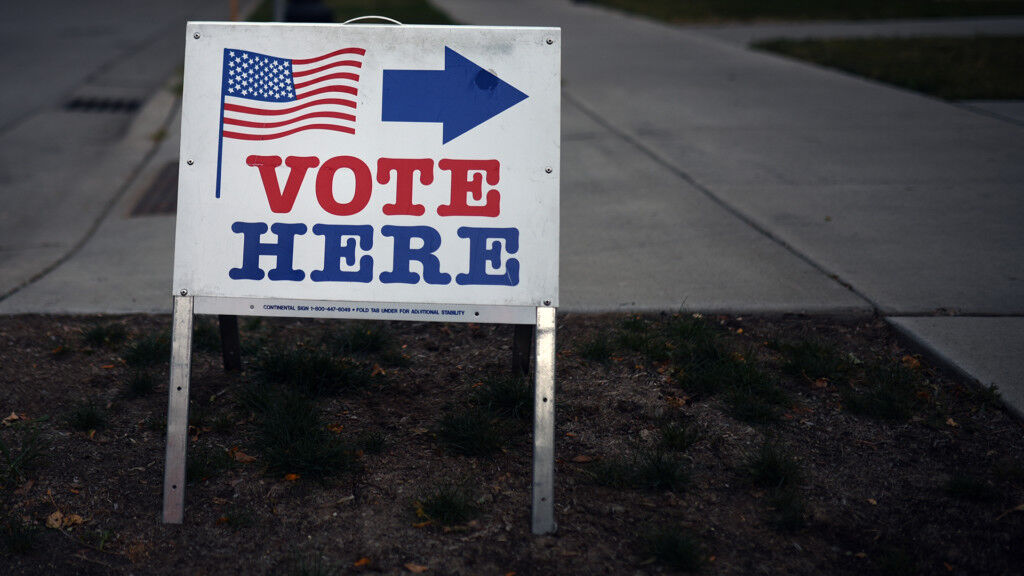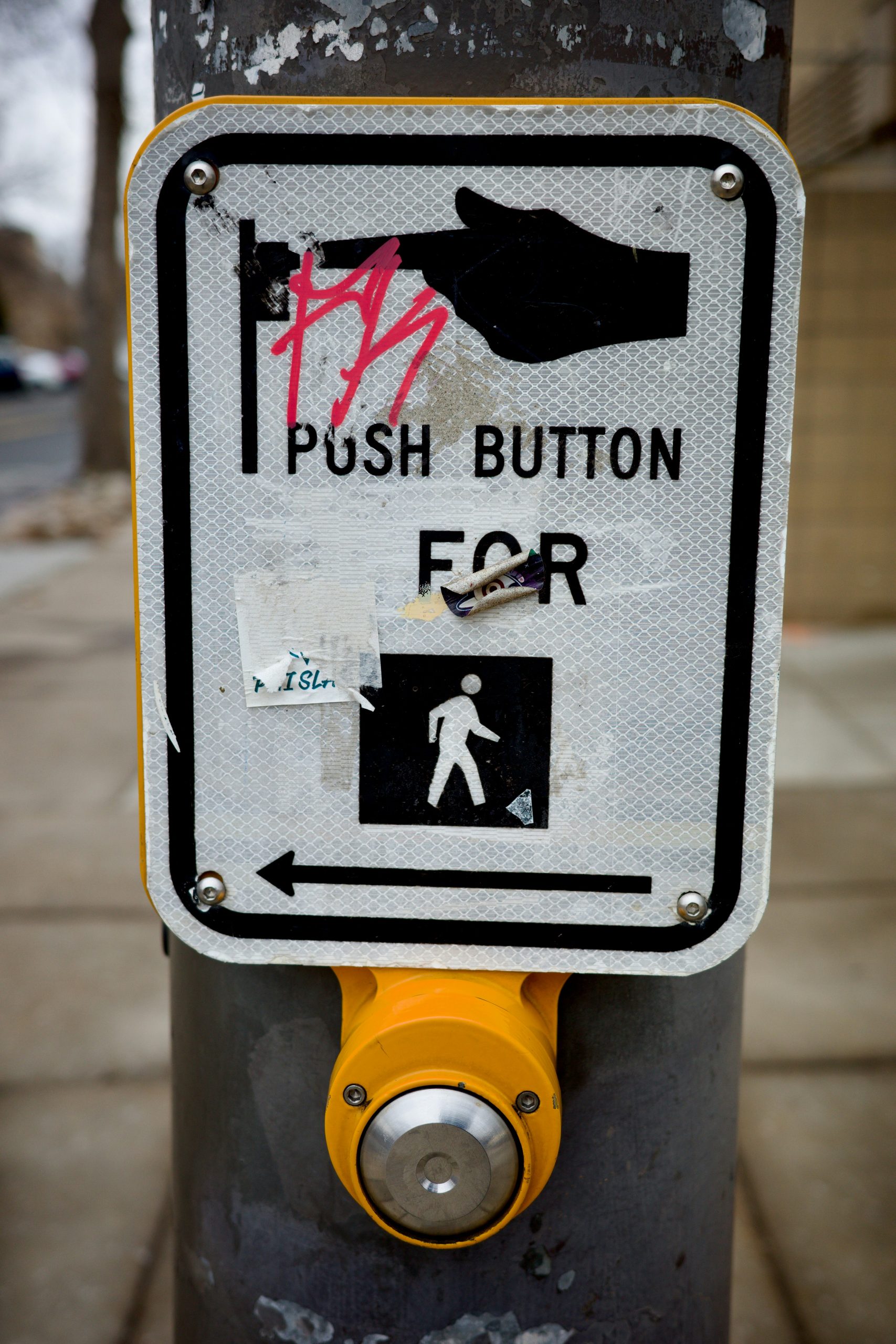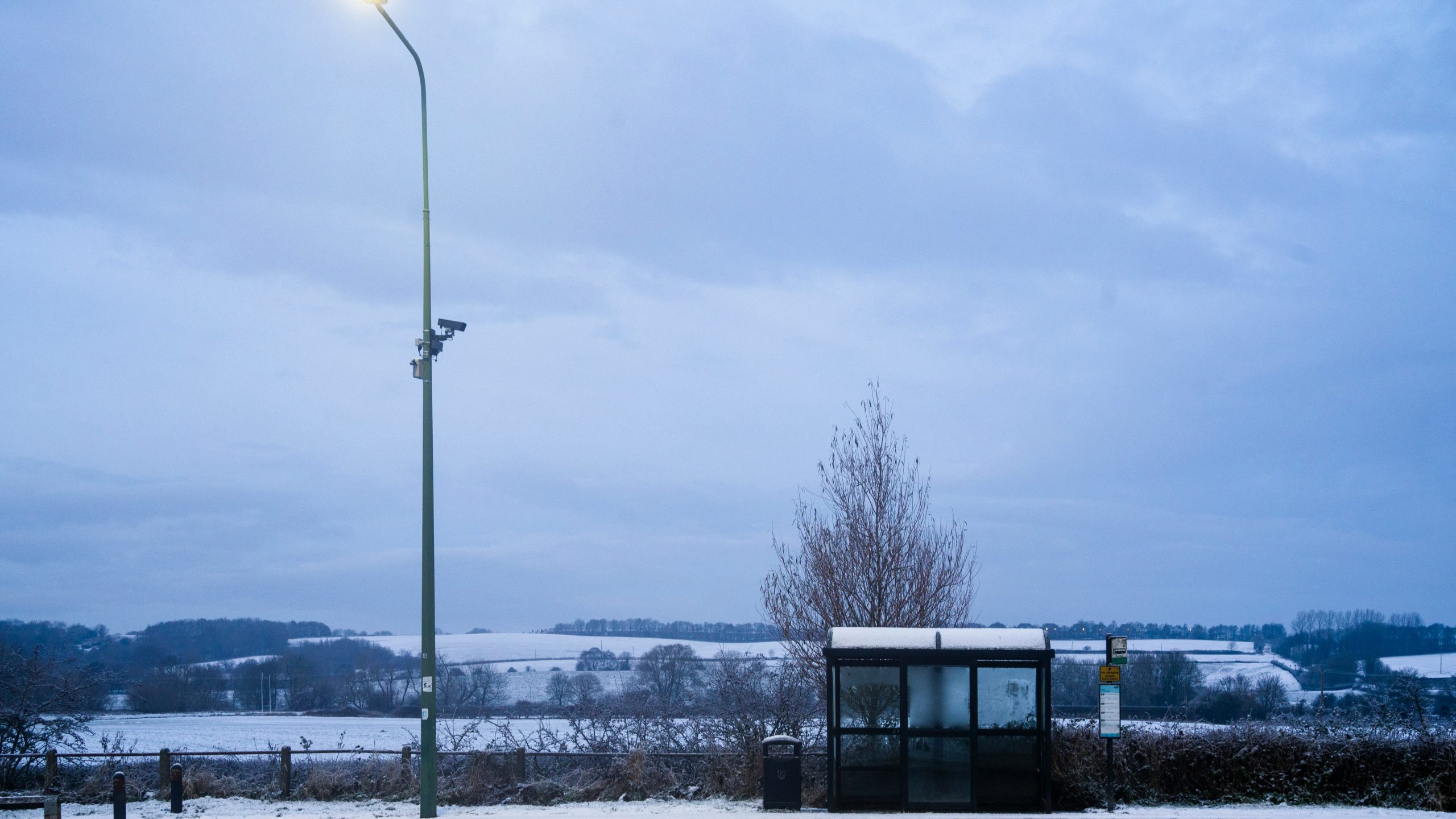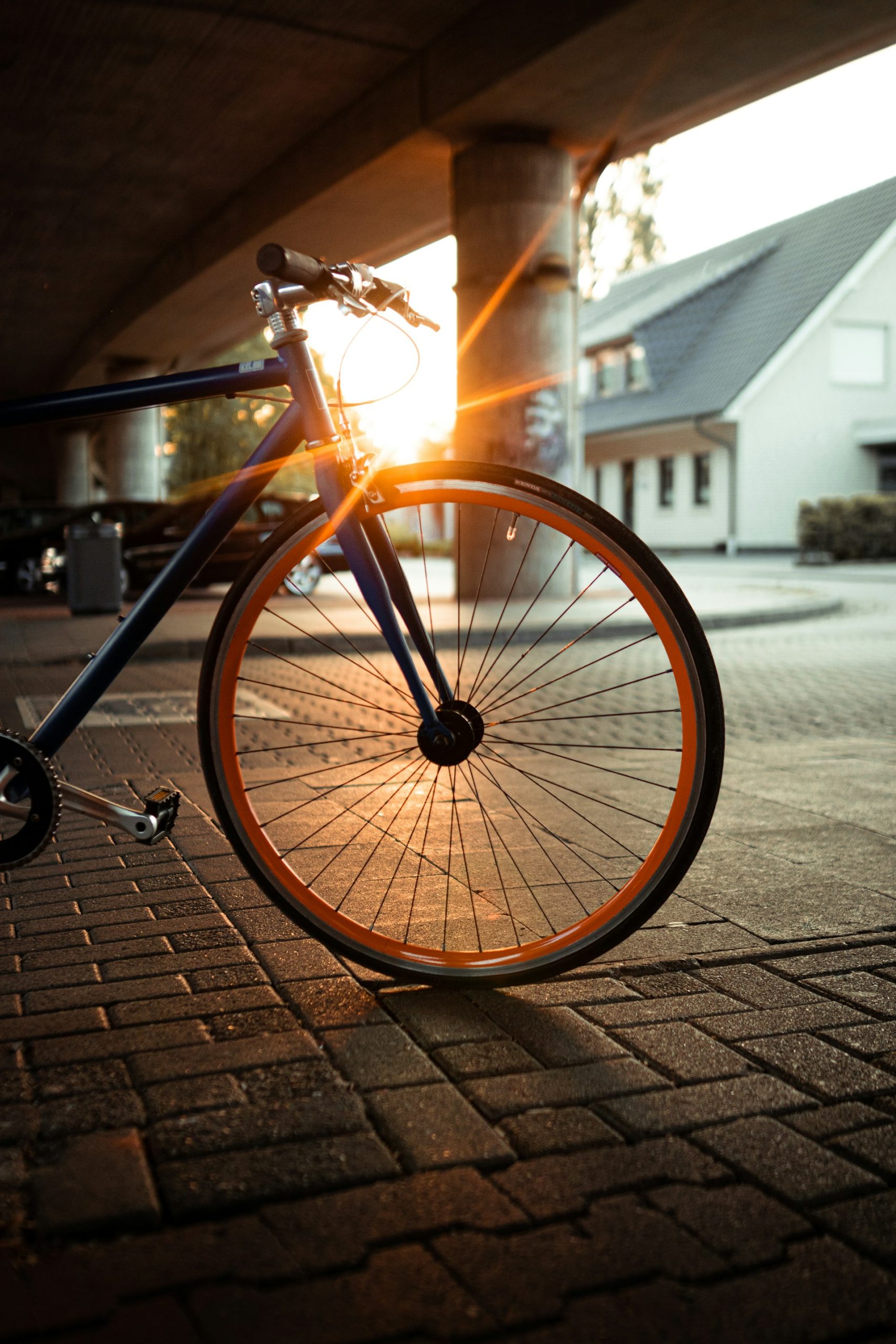You ever feel like you’re being watched? You know that mysterious, “something’s not quite right, but I can’t tell what” feeling? I get that feeling sometimes when I’m biking through some road or neighborhood, and something about it just kinda sucks, but I can’t tell what it is.
Biking and walking infrastructure audits are great for that sort of thing. They’re a good tool to have in your toolbox (or in your sick, custom, over-the-shoulder Chrome Industries-brand messenger bag) to help unravel that mystery of why some street or bike path or sidewalk just feels bad.
Bike and walking audits essentially involve observing or traveling along some segment of street or sidewalk or other infrastructure while working through a series of questions. If filling out a worksheet while staring at an ugly road sounds like it might be boring, let me assure you that it is.
But it can also be super helpful, so give me one rambling blog post worth of your time to show you.
(You can also jump to the bottom to download our custom street audit worksheet, if you already know what you’re doing)
If you search the web (/query cyberspace/scan the tubes/etc.) for bike audit tools, there’s a bunch of organizations that have some wonderful, free resources on how to conduct a bicycle or walk audit. Then, when you then dig a little deeper, you’ll notice that a bunch of those resources really just actually point back to the AARP Bike and Walk Audit Toolkits. And for good reason, too. Those toolkits are entirely free to download and print yourself, and they were developed in a collaboration between the folks at AARP and the League of American Bicyclists.
You get a bunch of retirees at AARP, who certainly now have the time to make this sort of thing, and also seem to care about their community, combined with the incredibly thorough folks from the League, and you’ve got a pretty good result.
The AARP tools involve a 32-page packet of reading on how to conduct a bike audit, and a 9-page printout of worksheets to use while actually doing the audit. If you’re here, you should just print out and use the worksheets and skip the mega packet.
There is a lot of detail and exposition in that reading packet, but I think it boils down to:
- Pick a place
- Bring some friends
- It’s not a test
- Do something with it
Let’s take a closer look:
1. Pick a place
Doing a bike audit on a highway will probably only reveal things you already know: this is a bad place to bike, there’s no bikers here, and standing here next to a highway with a clipboard and some worksheets while cars rush past feels really dangerous.
Don’t pick an obvious loser of a spot. Pick a spot that you might actually use during your commute. Pick a spot that divides your commute into “before that weird, scary part” and “after that weird, scary part.” Pick a spot that you know feels wrong, but maybe the detail isn’t there yet. A sidewalk crossing that car drivers don’t seem to care for, or a painted bike lane that no one seems to use. If the scene brings up questions like “why are so many pedestrians bunched up there,” or “why are there so few cyclists using this,” or just “why does this make me feel yucky,” you might have a good spot.
To be clear, filling out a bike audit worksheet will not immediately grant you a Masters Degree in Urban Design from carssuckonlineuniversity.com, but it might help put details together so you can actually articulate the problem.
If you know exactly why there’s a problem, this tool probably isn’t right for you and you can move on to Step 4. Otherwise, if you’ve got a spot where things suck but the story about why they suck isn’t quite there, then a bike or walk audit can help.
Once you’ve got the spot, you’ll need some help putting together the story.
2. Bring some friends
Find friends. Some who bike, some who walk, some who wheelchair, some who do any of the above while having a different skin color. Have them all read Step 3 below.
Go out to the spot you found from Step 1 with your friends, spread out in groups of two or three and start doing worksheets.
Having a bunch of different perspectives (literal and figurative and cultural and racial and gender and so many more) is good. Some friends will pay more attention to issues that you might not notice. Really bad issues will probably show up in the results for all your friends.
If you cannot bring yourself to do an activity like a bike audit for the selfless reason that it can help improve cycling and walking for everyone, I grant you permission to do it for the entirely selfish reason that your friends will like you more for showing that you give a sh*t.
Now, I understand that giving your friends a bunch of worksheets to fill out could remind them of school. School can be a time that so many of us are eager to forget and leave behind. Get ahead of that negativity by showing them them Step 3.
3. It’s not a test
You are where you are because you can tell something is wrong about some part of the road or bike path or sidewalk or whatever. These worksheets are meant to help you, they are not meant to quiz you. That means it’s ok (and maybe even good!) to make a mess of them.
I recommend you try each page. But by no means should you attempt to thoroughly finish each page. As soon as a series of questions on some worksheet start to feel irrelevant, move on.
There’s no need to jot every detail, tally every pedestrian or count every car. You can save the detailed data collection for later, once you can actually describe the problem. Try each page of the workbook from top to bottom, front to back. Keep moving through the the questions and you’ll eventually stumble onto a few that seem to resonate. That’s where you’ll put in some extra detail.
Spend an hour or so going through worksheets and taking notes. Afterwards, chat with friends and get their one- or two-sentence summary of what they saw from their vantage point.
Thank your friends and buy them a beer or cider or NA beverage of their choice for their courage in the face of car domination. Introduce them to this blog. They are already well on their way to indoctrination.
4. Do something with it
Once you’ve done the actual, physical, in-person audit and worksheets, congratulations! You’ve done the easy part!
Combine your notes with those of your friends. Maybe you find that everyone focused in on some single, scary crossing. Or, maybe you all focused on different things that, depending on where you stood, really seemed to be the biggest problem in the area. Those bad features, all put together, make a whole stretch of road feel dangerous. Or maybe it’s not so dangerous, but the design just feels wildly uninviting. Like everyone found themselves standing under a hot sun with no shade trees, nowhere to sit, and roasting next to a big, empty parking lot.
Again, the goal here is to use these observations to help reveal the problem. It’s gonna be up to you to put together all the notes and comments from everyone and come up with a story of why that intersection (or bike path or crosswalk or whatever) sucks.
Once you’ve got that story, you gotta go tell it. Invite your alder or city councilperson out to come stand with you and show them the story. Revisit the spot and take detailed notes that hone in on refining that story. Write a letter to your local transit group and ask them what they think. Bring it up at your next local neighborhood meeting. Make a social media post pointing out the absurdity, I bet other people who bike or walk through that areal will find it and be really excited that “someone’s finally talking about this.” It’s pretty amazing all the things you can do in your city or neighborhood once you can really see the problem and have a way to talk about it.
Madison Bike To Work Club‘s Street Audit
Those AARP kits are plenty helpful, and probably the best tool for actually doing the job correctly. But I know you wouldn’t be happy unless we also made a version with a little more Madison Bike To Work Club pizzazz:
Remember, you don’t have to do it perfectly, just enough to see the story.
